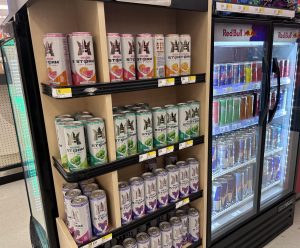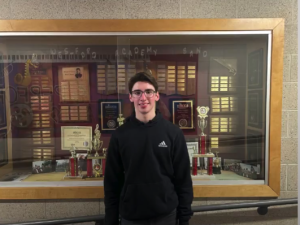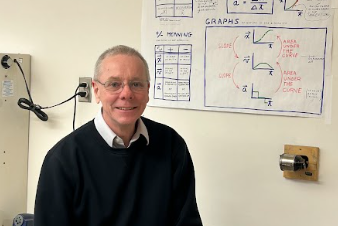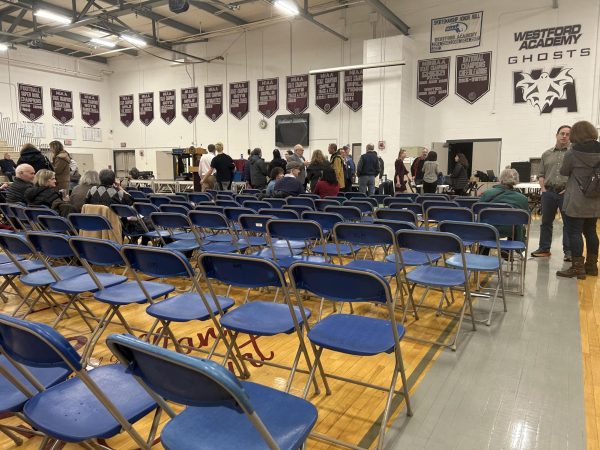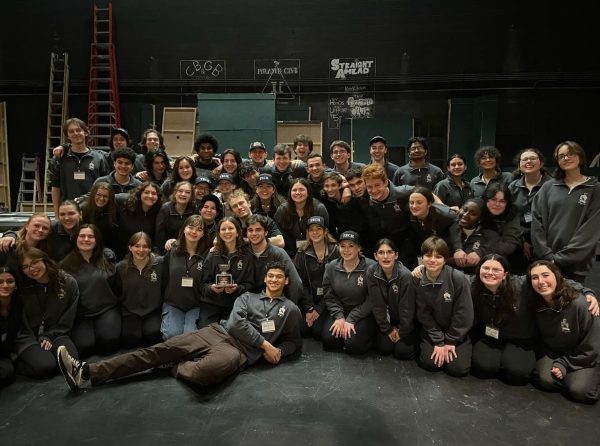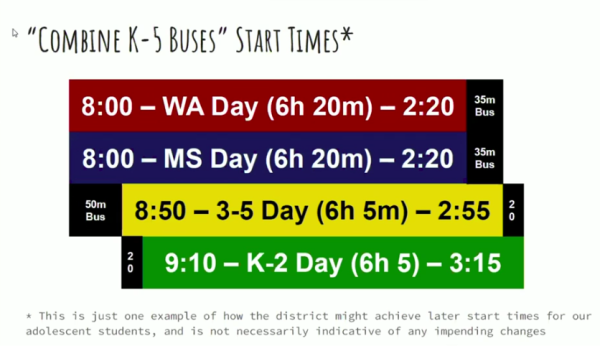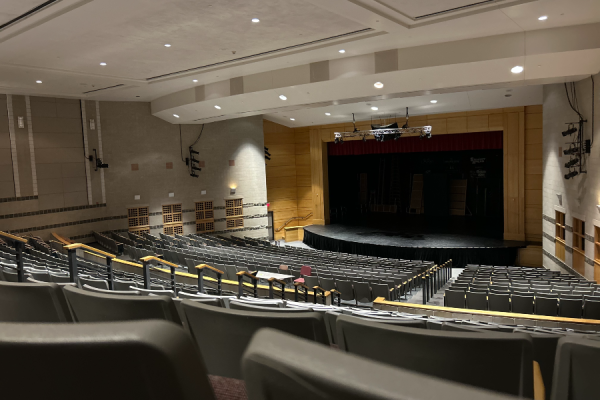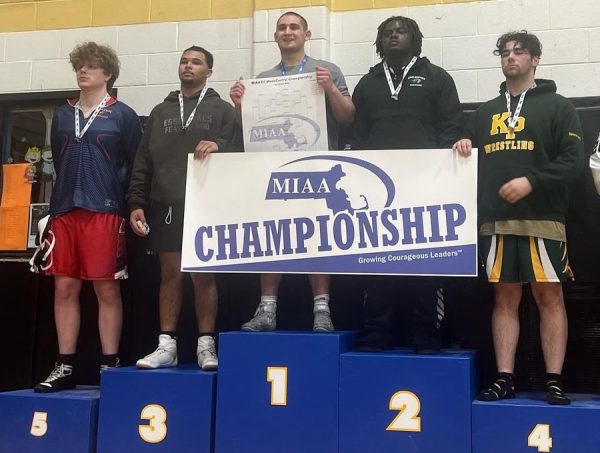Greenhouse to spruce up Westford Academy
May 17, 2016
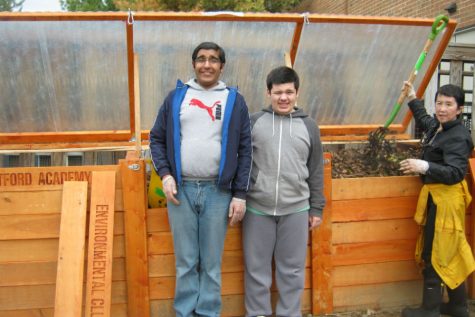
A greenhouse is to be put in place at Westford Academy within the next year to provide fresh produce for the cafeteria as well as supplement classes. The Environmental Club, backed by wellness teacher Maria Henderson and aided by the Life Skills Department, will be the ones heading the project.
The idea began when current advisor of the Environmental Club, Rebecca Ingerslev, approached Henderson in hopes of passing on her position, and Henderson proposed the idea of building a green house. The students and Henderson have been in discussion for the past few months about resources, methods, and development.
The tentative plan involves moving the little-used playground from WA to an elementary school or preschool in need of one, which would also avoid the costs of a new playground. The space would then be used to construct a greenhouse. The main setback is the need for a simple and reliable method of collecting water and electricity.
According to Henderson, all plans discussed with the custodial staff and the school grounds crew are too expensive to be considered, and she believes that student involvement would require a simpler setup than what is currently possible. Should the water problem be solved, the assembly of the greenhouse and the stalking of plants would be the next steps in order to create the greenhouse within a year.
The greenhouse would provide fresh vegetables for use in the cafeteria, allowing WA to increase its sustainability and continue in its initiative to be green-friendly. This falls in line with the goals of the Environmental Club, which aims to reduce the school’s carbon footprint in any way.
In addition to being put to use in the cafeteria, the greenhouse would potentially serve as a learning supplement for nutrition and biology classes, among others. Henderson also believes that business and marketing classes could also benefit from the greenhouse by selling produce. Any produce not used would be sold at the Farmer’s Market, where Westford Academy already has a tent.
There are already greenhouses in other areas of the Westford Public Schools, namely the small greenhouse at Robinson, but the greenhouse at WA will hopefully have a greater application with the curriculum and be more functional on an everyday basis.
The Life Skills Department, the WA program for students with special needs, has been helping greatly with the Environmental Club’s current and future efforts.
“They’ve been basically doing everything,” said Environmental Club president Nancy Wang. “They collect the compost bins, they accumulate all the compost into one bin, then they sort through it using composting procedures.”
The compost, which is nine yards’ worth according to compost manager Shannon Chew, is set to be tested at UMass Amherst labs. If it is deemed healthy, it will be sold at the Farmer’s Market as well as be utilized in the greenhouse.
Administration and faculty have shown enthusiastic support, says Henderson, with many offering their support after hearing of the proposition.
“When I first sent out an email-the warm reception, the enthusiastic reception of the idea was so great,” said Henderson. “I have had conversations with Mr. Antonelli and Mr. Olson, who have both been extremely positive and [have been] helping come up with possibilities of who to contact, [and] who would be able to help.”
Wang however feels that support outside of WA might be an issue. She draws upon her experience bringing composting to WA and thinks there might be a similar setback in the assembly of the greenhouse. With the compost initiative, she found that getting the approval from town officials was the most difficult aspect of the project.
“The staff at WA is always really responsive and supportive of these [projects], but you always have to make sure that it meets the Massachusetts Board of Health guidelines, so there’s a lot of different criteria,” she said.
Wang is also working on reaching out to students who are passionate about the environment. She advises students interested in the greenhouse effort to join the Environmental Club, which is the main force behind planning and sustaining the greenhouse project.
“We don’t have an environmental class here at Westford Academy, so that’s why I think it’s important to have these real-life examples, so people can tangibly understand why protecting their environment is important,” Wang said.
Henderson, who has taken a backseat in the project in order to let students take the initiative, feels that the greenhouse project is important to WA but also the environment as a whole.
“Any time we can decrease our carbon footprint, as little as it takes […] that is something. It all matters,” said Henderson.


